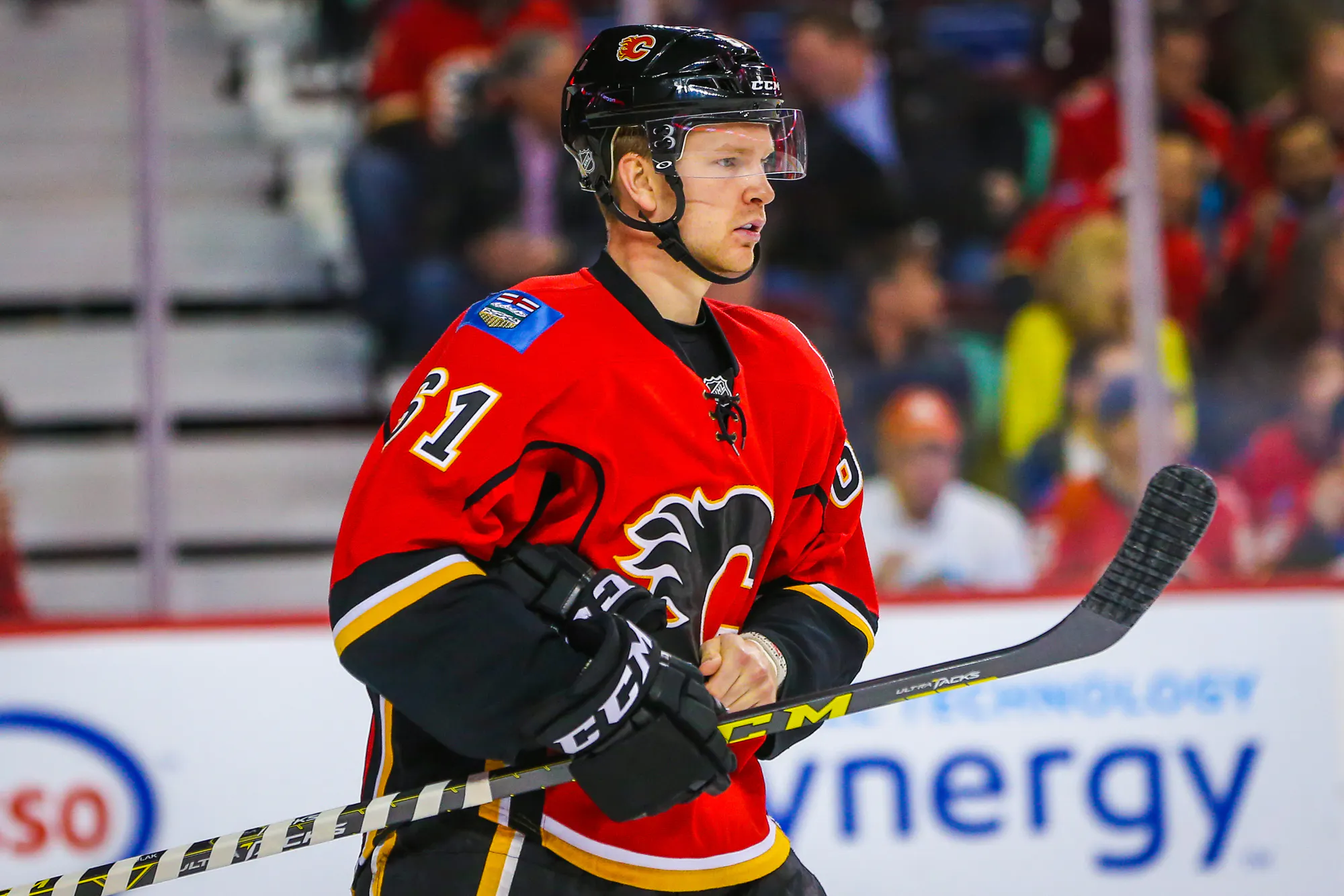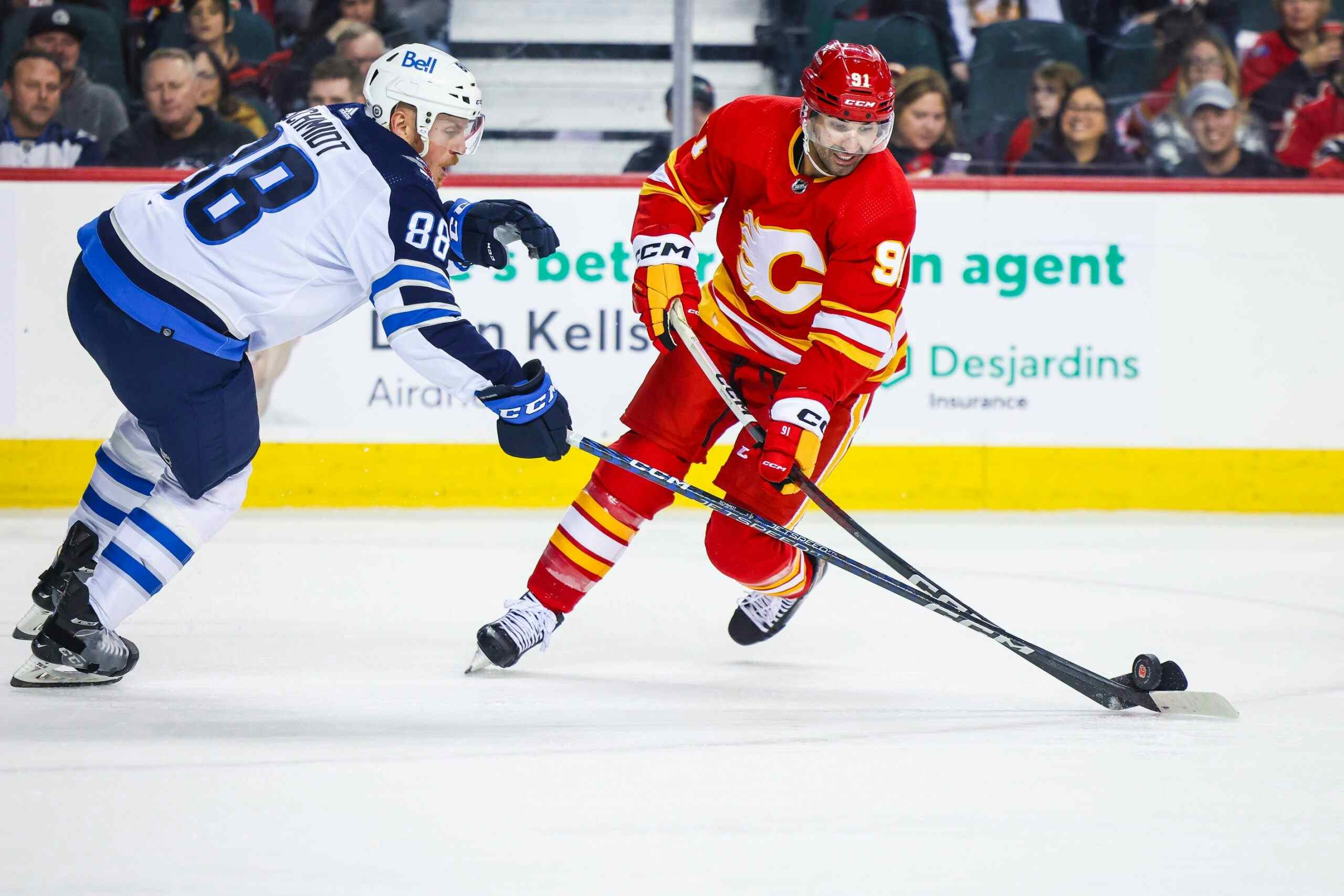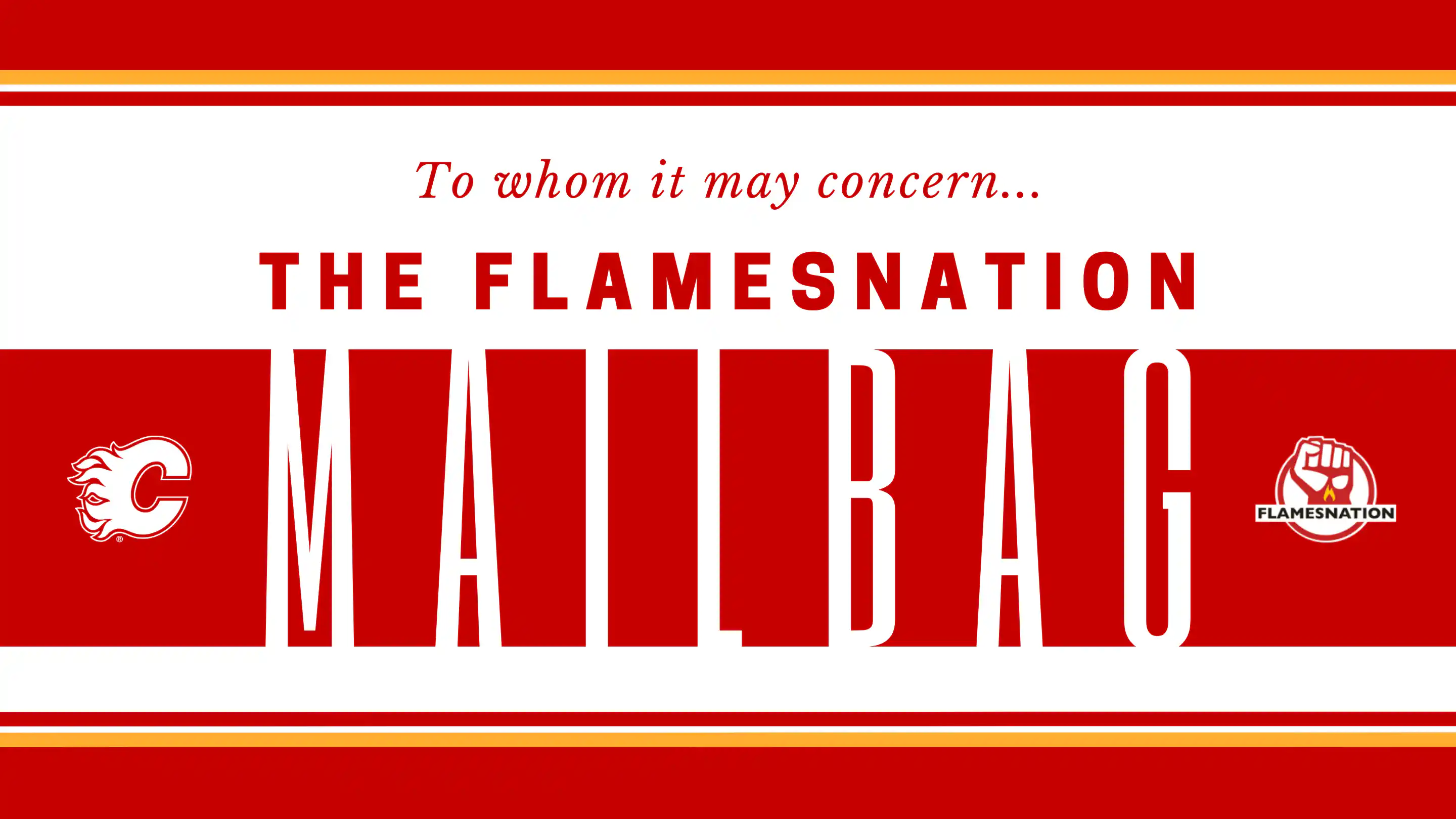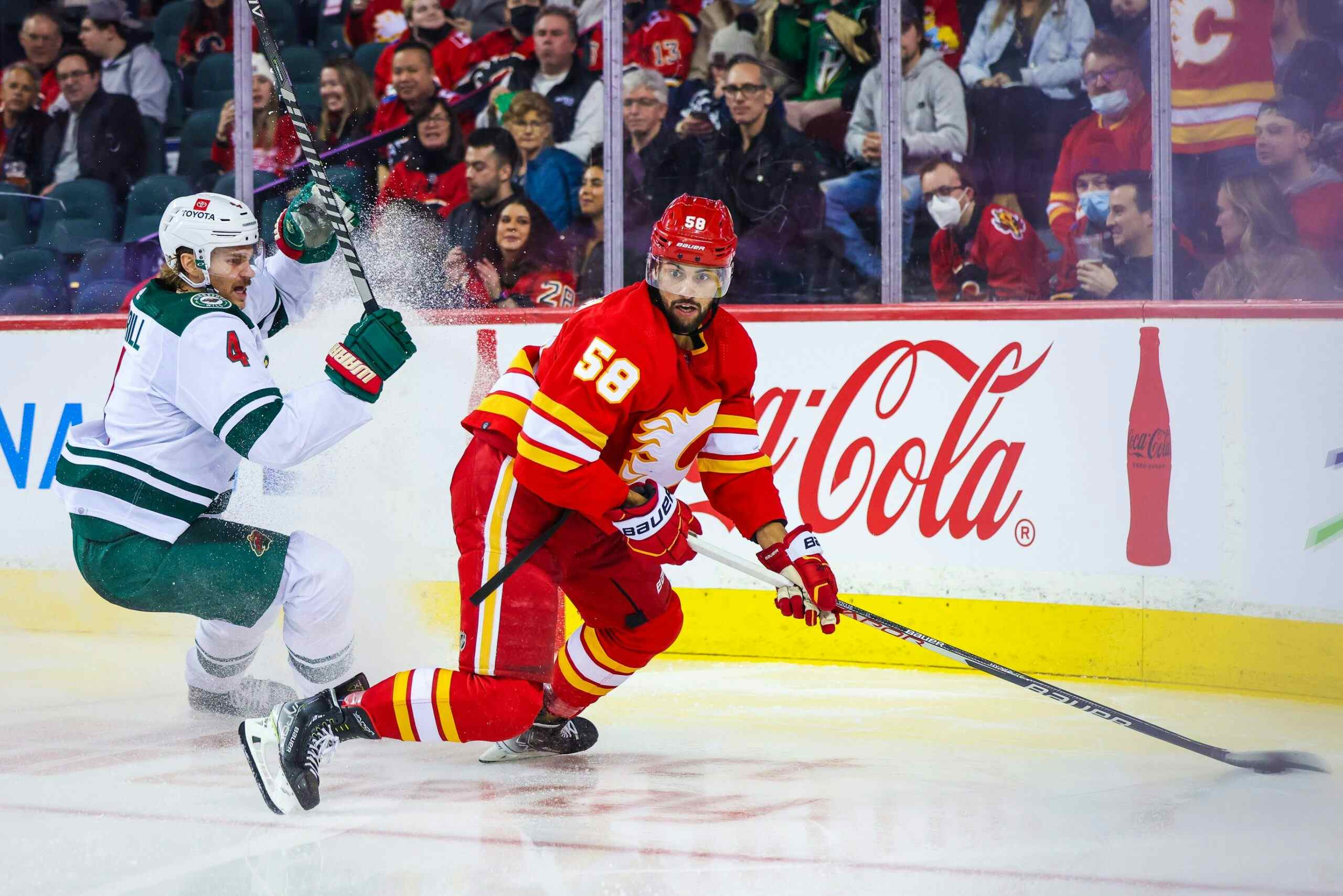The Flames need to develop their own depth players

By Ryan Pike
6 years agoDepending on what benchmark you choose to adhere to, the Calgary Flames began their rebuilding when they traded Jarome Iginla in March 2013. Since that point, the Flames have been fairly successful with their drafting and development in the sense that players they have selected in recent drafts have jumped right into the National Hockey League and become productive players. But over the past four years, the Flames haven’t been amazing in finding role and depth players to fill out their roster.
That said, the Flames are probably closer than you realize to having a critical mass of potential depth players in their system. If they can transition some of those players into their NHL roster, they may be able to take the fabled “next step” in the club’s progression from the league’s outhouse to its penthouse.
Drafting big guns
A quick glance at the past few years of Flames drafting reveals one key aspect of their system: they’re not screwing up on the early picks the way that they used to. There was a stretch in the late ’90s when the Flames were, to be blunt, bad. Their leveraging of their high draft picks to find NHLers was also, to be blunt, bad. Names from the 1997-2002 period of mediocrity included Daniel Tkaczuk, Rico Fata, Brent Krahn and Eric Nystrom.
The recent regimes have been significantly better. 2013 sent Sean Monahan to the NHL. 2014 sent Sam Bennett. 2016 sent Matthew Tkachuk. Heck, the 2015 first rounder they traded away netted them Dougie Hamilton. That’s four NHLers produced through utilization of their first round selections in four straight seasons.
But beyond that, the Flames’ drafting has been pretty iffy since the club snagged Mikael Backlund in 2007 or T.J. Brodie in 2008.
Paying for depth
Who was the last solid depth player that the Flames drafted and developed? It’s probably either Lance Bouma, taken in 2008, or Micheal Ferland, taken in 2010. In the absence of being able to draft and develop players internally – who carry with them the benefit of usually being inexpensive and/or waiver exempt (or both) – the Flames have had to head out into the marketplace to find players to play with their good players.
The results? Some really rough contracts for complementary assets. Deryk Engelland got three years at $2.917 million annually. Dennis Wideman was traded for and signed to a five-year, $5.25 million deal. Troy Brouwer got four years at $4.5 million.
When the Flames haven’t gone out to the free agent pasture to overpay for a complementary piece, they shelled out assets on the trade market to grab them from some other team – though this was primarily before Treliving arrived in town. The Flames offered up assets for Corban Knight, T.J. Galiardi, Shane O’Brien, David Jones, Kris Russell, Ladislav Smid, Joe Colborne and Brandon Bollig. Let that sink in: they burnt future assets for the rights to these players. All of them.
Developing your own depth players is, in so many ways, a lot cheaper.
Depth developed
The good news for the Flames is it seems like they may finally actually have some homegrown depth players on the verge of being ready for the NHL. They’re all bottom six, third pairing and potential backup players, but that’s kind of the point.
Pushing for bottom six forward spots are Mark Jankowski, Morgan Klimchuk, Garnet Hathaway and potential professional pain-in-the-butt Ryan Lomberg, who makes up for his lack of high-end talent with a high-end motor and the ability to hit anything that moves. Brett Kulak and Rasmus Andersson are both ready for primetime, while Oliver Kylington may need just a little more fine-tuning before he is, too. Heck, the Flames trotted out both Jon Gillies and David Rittich for late season auditions and while neither looked ready to start 50 games in the NHL, both seemed capable in a pinch.
In other words: the Flames finally have credible internal options for the spots they used to have to spend big to fill. As the team moves through this summer and, in particular, the 2018 offseason, transitioning to their own internally-developed depth players will free up a ton of money going forward and open up a lot of interesting possibilities for the Flames as they try to become a playoff contender rather than a team that’s just happy to eke in.
Recent articles from Ryan Pike





